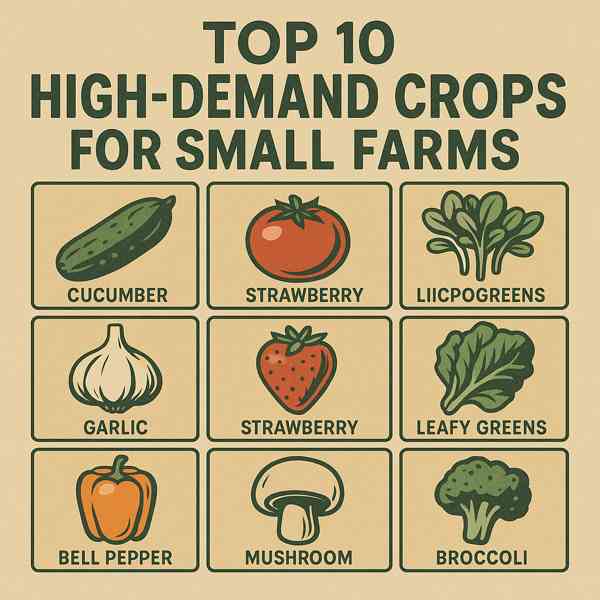
While agriculture focuses on producing food and raw materials, forestry involves maintaining natural ecosystems.
As technology and sustainability become more prevalent, both agriculture and forestry are evolving to meet modern challenges.
The Role of Agriculture in Society
It has been the cornerstone of human civilization for thousands of years.
Main components of agriculture include:
- Cultivating grains, vegetables, and fruits
- Raising livestock for meat, milk, and wool
- Maximizing land productivity
- Using eco-friendly methods
Modern agriculture aims to increase yield through efficient practices.
What Is Forestry?
It includes activities such as timber production to maintain biodiversity and ecosystem health.
Core aspects of sustainable forestry:
- Silviculture
- Preserving ecosystems and wildlife
- Timber harvesting
- Greening cities through tree planting
Responsible forestry practices help combat climate change.
How to Be Eco-Friendly in These Sectors
Adopting sustainable practices ensures that future needs are met.
Best practices include:
- Reducing soil disturbance
- Building resilient agricultural systems
- Selective logging
- Planting trees to restore forests
By embracing these practices, farmers and foresters can secure long-term viability.
Challenges in Agriculture and Forestry
Despite their importance, both agriculture and forestry face complex issues related to climate change, resource depletion, and policy shifts.
Key issues in the sector:
- Loss of fertility and structure
- Efficient water management is crucial
- Deforestation and habitat loss
- Fluctuating prices for crops and timber
Addressing these challenges requires collaborative efforts from stakeholders.
The Role of Modern Tech
Technology is revolutionizing both agriculture and forestry, making operations more efficient.
Innovations making an impact:
- Using GPS and data for targeted agriculture
- Efficient land management
- Creating more resilient plant varieties
- Smarter resource allocation
Integrating technology ensures that both agriculture and forestry keep pace with global demands.
Conclusion
Agriculture and forestry remain fundamental.
By doing so, agriculture and forestry can continue to agriculture and forestry maintain biodiversity.